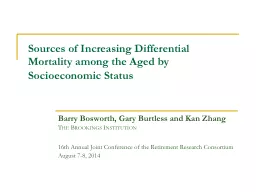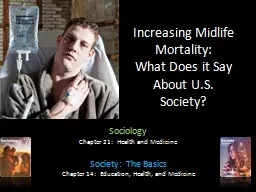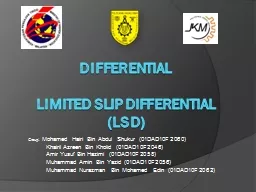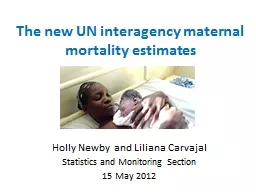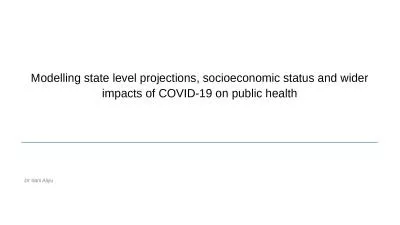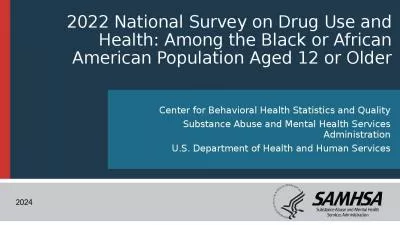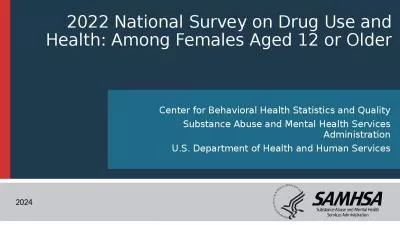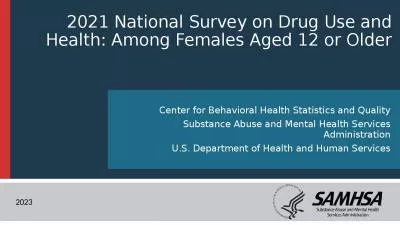PPT-Sources of Increasing Differential Mortality among the Aged by Socioeconomic Status
Author : conchita-marotz | Published Date : 2019-06-23
Barry Bosworth Gary Burtless and Kan Zhang The Brookings Institution 16th Annual Joint Conference of the Retirement Research Consortium August 78 2014 Mortality
Presentation Embed Code
Download Presentation
Download Presentation The PPT/PDF document "Sources of Increasing Differential Morta..." is the property of its rightful owner. Permission is granted to download and print the materials on this website for personal, non-commercial use only, and to display it on your personal computer provided you do not modify the materials and that you retain all copyright notices contained in the materials. By downloading content from our website, you accept the terms of this agreement.
Sources of Increasing Differential Mortality among the Aged by Socioeconomic Status: Transcript
Download Rules Of Document
"Sources of Increasing Differential Mortality among the Aged by Socioeconomic Status"The content belongs to its owner. You may download and print it for personal use, without modification, and keep all copyright notices. By downloading, you agree to these terms.
Related Documents

